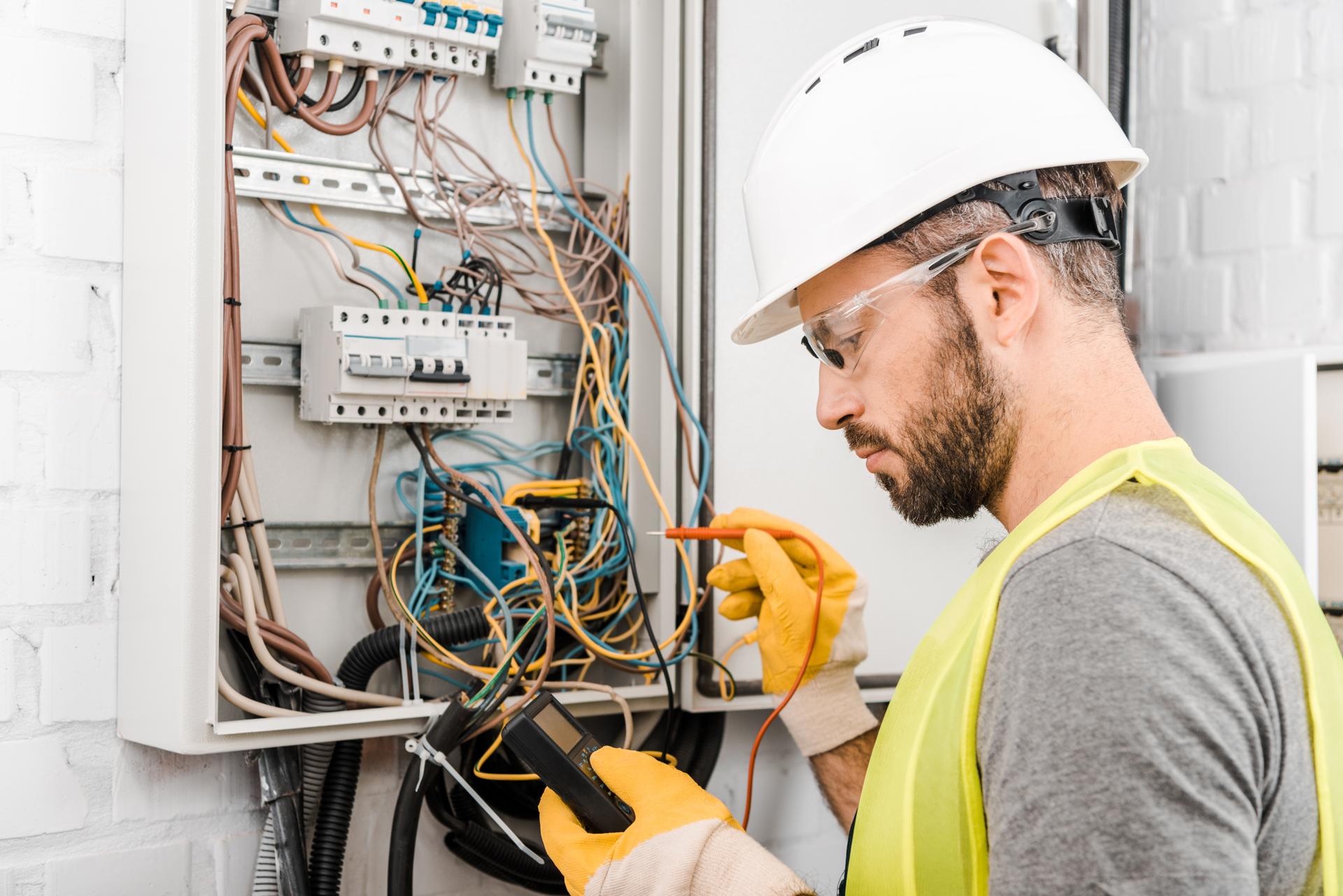The Basics of Electrical Wiring in Your Home: An Amateur's Perspective

Electricity is a vital part of our life, powering everything from the lighting in our homes to the appliances that we use each day. However, electricity systems are complicated, knowing how they function isn’t easy. In this article we’ll breakdown the elements in an electrical circuit and explain how circuits work to power devices and appliances. Our residential electricians can handle any electrical jobs you need.
Components of an Electrical System
An electrical system has several key components that work together to provide power throughout homes. These include:
Breaker box: the central distribution point for electrical power in a home that is where electricity is divided into different circuits
Outlets and switches: the places where electricity is delivered to appliances and devices
Wiring: the electrical wires that transport electric current from the box to outlets and switches
Electric appliances, devices and equipment: devices and appliances that use electricity to function
Electrical Circuits
A circuit of electricity is one which allows electricity to flow from the main source (the the breaker box) to appliances and devices within the home. There are two types of electrical circuits that can be found in a home which are 120-volt circuits and circuits that are 240-volts. 120-volt circuits are utilized for the majority of household appliances and appliances, while the 240-volt circuits are utilized to power larger appliances, such as dryers and air conditioners.
Electrical circuits work by completing an electrical loop that allows power to flow from the source to the device or appliance. The loop is made up of a hot cable that carries the electricity, a neutral wire that completes the circuit as well as a ground wire , which is the pathway for the electricity to get to the ground in the event of a fault.
Understanding the electrical Wiring
Electrical wiring is available in a variety of kinds, such as non-metallic sheathed cables (NM) as well as armored cables (AC), and conduit. Each kind has its advantages and disadvantages, and the choice of wiring type depends on the particular requirements for the particular installation.
Electricity travels through wiring through a flow of electrons through the wire. Electrons move through the wire from source, to appliance or device, and back to the source via the neutral wire. It is crucial to make sure that the wiring is installed and maintained properly, since faulty wiring can lead to electrical hazards such as shocks or fires.
Common Electrical Issues
The most frequent electrical problems found at home include tripping breakers, flickering lights, and electrical outlets that are not working. These issues can be caused by a variety of factors, including overloading circuits, loose connections, and faulty wiring.
If you’re experiencing any of these issues, it’s essential to identify the root cause and take actions to rectify the issue. In some cases it may be necessary to contact an authorized electrician to inspect and repair the wiring.
Concluding as well as a Call to Action
Understanding how electrical wiring operates is essential to ensure the safety and reliability of your home’s electrical system. If you follow the rules laid out in this document, you can stay secure and stay clear of potential dangers.
Should you ever have concerns or questions regarding your home’s electrical system, don’t hesitate to contact Local Electrician Sutherland. Our licensed electricians has the expertise and experience to meet your electrical needs. Contact us by phone at 1300 941 876 to schedule a consultation.
FAQ
What are the signs of faulty electrical wiring?
The signs of an electrical wiring issue can include tripping breakers, flickering lights, or dead outlets, to name a few.
When should I schedule the electrical system of my house checked?
It’s recommended that you get your home’s electrical system inspected by a licensed electrician each 10 years.
What is the expected lifespan of wiring that is electrical?
The life expectancy of electrical wiring depends on many factors, such as the kind of wiring, the setting it’s placed in, and the quality of installation. The majority of electrical wiring can last as long as 30-years or longer if it’s installed with the proper installation and maintenance.
Can I fix electrical problems myself or should I always engage an electrician?
Although some electrical issues are fixable by homeowners, it is advised that you employ an experienced electrician for most electrical repairs. Making attempts to fix electrical problems without proper training and knowledge can be risky and could cause injuries or damages in your house.
What do I do if have an electrical issue within my home?
If you encounter an electrical problem, the first step is to shut off the power supply to the affected location by turning off the breaker or fuse. Contact a licensed electrician to look into and fix the issue as soon as you can.
By following these rules by following these guidelines, you can ensure the security and reliability of the electrical system in your home and reduce possible dangers. Be aware that when you need repairs to your electrical system or installations, it’s best to leave it to the experts. Call Local Electrician Sutherland at 1300 941 876 to discuss all of your electrical requirements.
